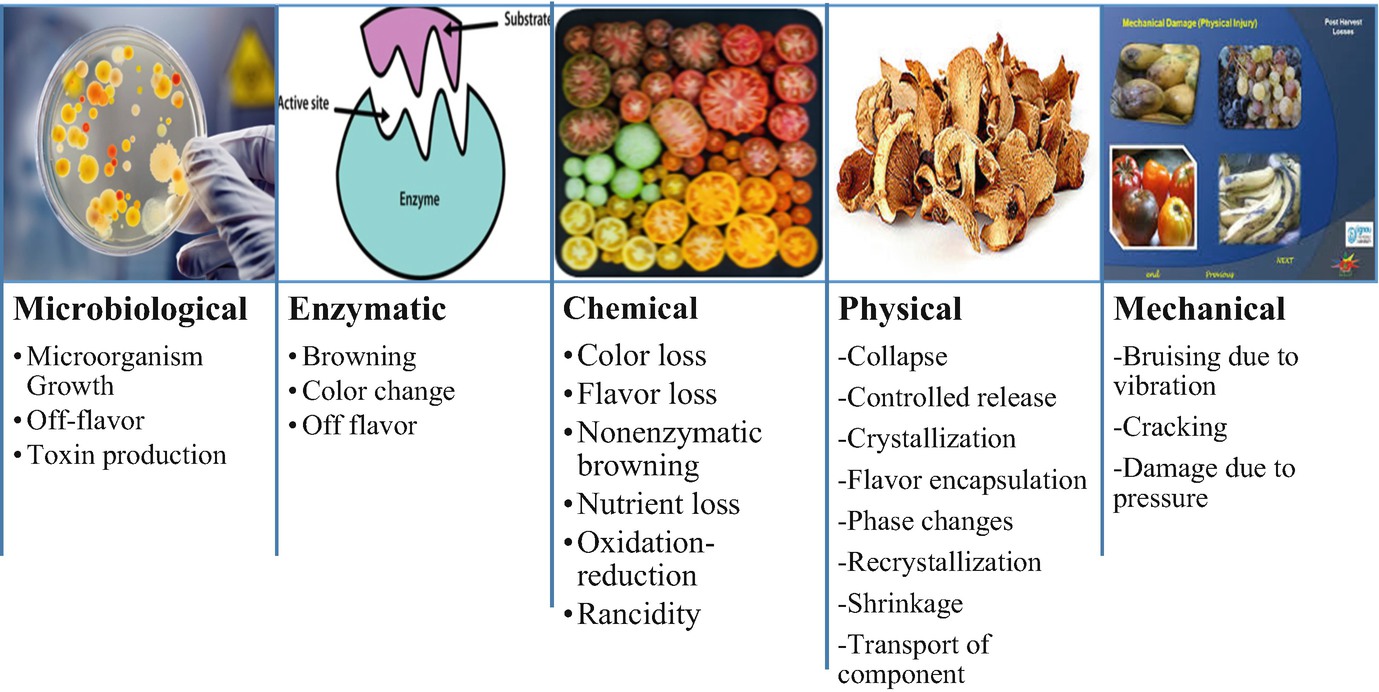Lesson-2 Preserving Food & Dehydration
Presenting food- Increase its shelf life food related to a (Time limit for which food can be used)
(a) Food presentation uses edible salt to destroy microorganisms that spoil the food, Salting.
(b) Fresh food eater activity – 0.99
(c) The selling and bursting of cars are due to TA spoilage.
(d) Canning process, the step immediately after exhausting- Seaming.
Dehydration: – Preserving food by lowering the water content. Dehydration work: (Remove water center)
(TDT: – Thermal Death Time)
Water activity: – Would allow a product to be shelf-stable. (0.75-0.20)
Pickling – The food in an acidic solution like vinegar to prevent the growth of spoilage organisms. (also providing an acidic environment).
Note:- Hot water bath canning sterilizes food at what temperature 212 Fahrenheit.
Freezing temperature: – Prevent microorganisms from growing. (Freeze drying is also known as Lyophilisation.)
Notes:- 1. Storage of food under reduced pressure is called Hypobaric Storage.
2. canning is also sometimes called Appreciation.
3. CAS: – Controlled Atmospheric Storage.
4. BHA and BHT are examples of Antioxidants (Butyrate Hydroxy Toluene).
5. Anticapicity agents used in the food industry are calcium illicit.
6.Deterioration of fat in the presence of oxygen is due to energy Lipoxgyene.
7. Freezer Crack is seen when foods are forces by cryogenic Freeing. lycopene is an important Antioxidant normally present in
high levels in Tomatoes.
8. IQF stands for: – Individually Quick-frozen.
9. Sepsis means: – the absence of a microorganism.
10. ICAR Part in Agriculture preformation in a year- 1964.
11.Gas produced by (TA) (Thermophile Anaerobic) Spoilage (H 2 and Co 2 ).
